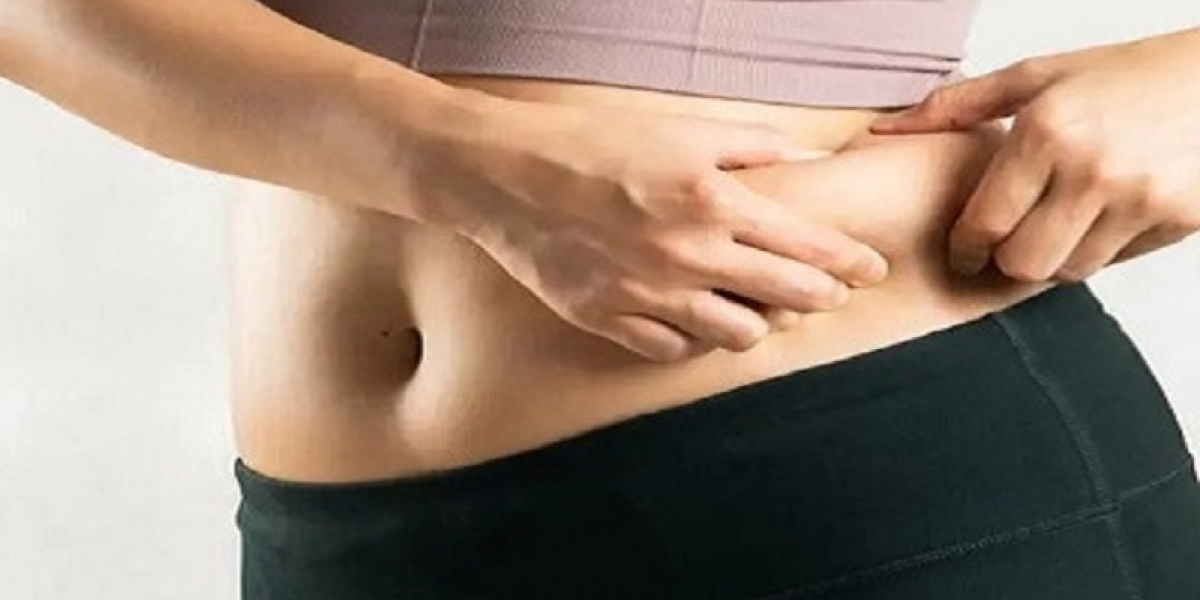Liposuction is a popular cosmetic procedure aimed at removing stubborn fat deposits from various areas of the body, helping individuals achieve a more contoured and aesthetically pleasing physique. One common question that arises among prospective patients is how long the liposuction surgery takes. This blog delves into the typical duration of liposuction surgery, the factors that influence its length, and what patients can expect during this transformative experience.
Understanding Liposuction:
Liposuction in Islamabad, also known as suction-assisted lipectomy, is not a weight-loss solution but rather a body contouring technique designed for individuals who are near their ideal weight yet struggle with localized fat. It can target areas such as the abdomen, thighs, hips, arms, neck, and more. While the results can be life-changing, understanding the process and time commitment involved is crucial for those considering the procedure.
Typical Duration of Liposuction Surgery:
On average, liposuction surgery lasts between 1 to 4 hours. However, this duration can vary based on several factors, which we will explore below:
1. Areas Being Treated:
The number of areas targeted during the procedure significantly impacts the overall time. Treating a single area, like the abdomen, may take about 1 to 2 hours. However, if multiple areas are being addressed, such as the abdomen, thighs, and arms, the surgery can take 3 to 4 hours or even longer. Each area requires careful attention to ensure optimal results.
2. Amount of Fat Being Removed:
The volume of fat to be removed is another crucial factor. Surgeons generally adhere to guidelines regarding the safe amount of fat that can be extracted during a single session. Typically, this limit is around 5 liters (approximately 11 pounds). If more fat is to be removed, the procedure may take longer to ensure safety and effectiveness.
3. Technique Used:
Different liposuction techniques may also affect the duration of the surgery. Common methods include:
Tumescent Liposuction: Involves injecting a saline solution into the fat layer, which can make fat removal easier and minimize bleeding. This technique might take longer due to the preparation required for the tumescent solution.
Ultrasound-Assisted Liposuction (UAL): Uses ultrasound energy to liquefy fat before suctioning it out. This technique can extend the surgery time but may provide more precise results in certain areas.
Laser-Assisted Liposuction: Employs laser energy to melt fat before extraction. While this can be effective, it may add extra time to the procedure.
4. Surgeon’s Experience and Skill:
The expertise of the surgeon plays a vital role in determining the duration of the procedure. An experienced surgeon may perform the surgery more efficiently without compromising safety and quality. Their familiarity with the techniques and anatomy can lead to quicker, more effective results.
The Surgical Process:
1. Pre-Operative Preparation:
Before the surgery, patients will have a consultation to discuss their goals and expectations. The surgeon will evaluate the patient’s medical history, conduct a physical examination, and take photos of the treatment areas. Patients may need to follow specific instructions leading up to the surgery, such as avoiding certain medications and foods.
2. Anesthesia:
Liposuction is performed under anesthesia, which may vary based on the extent of the procedure. Local anesthesia with sedation is commonly used for smaller areas, while general anesthesia may be recommended for larger procedures or multiple areas.
3. The Procedure:
Once anesthesia is administered, the surgeon makes small incisions in the targeted areas. A cannula, or thin tube, is inserted to break up and suction out the fat. This part of the surgery can take anywhere from 1 to 4 hours, depending on the factors mentioned earlier.
Post-Operative Care and Recovery:
After the surgery, patients are monitored in a recovery area. While liposuction is considered minimally invasive, patients may experience some swelling, bruising, and discomfort in the treated areas. Recovery typically takes a few weeks, and many individuals can return to light activities within a few days.
Conclusion:
In conclusion, the duration of liposuction surgery generally ranges from 1 to 4 hours, influenced by the areas being treated, the amount of fat being removed, the surgical technique used, and the surgeon’s experience. Understanding the timeline of the procedure helps prospective patients set realistic expectations and prepare adequately for their surgery.
While liposuction can be a transformative experience, it is essential to approach the procedure with informed choices and a commitment to a healthy lifestyle post-surgery. Consulting with a qualified plastic surgeon can help ensure a successful outcome, allowing individuals to enjoy the benefits of their new body contour for years to come.
For more information visit Dynamic Clinic PK.









